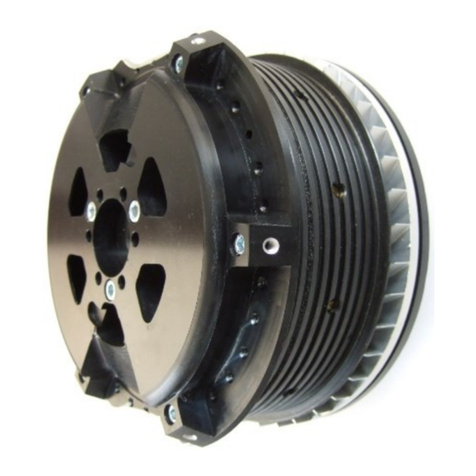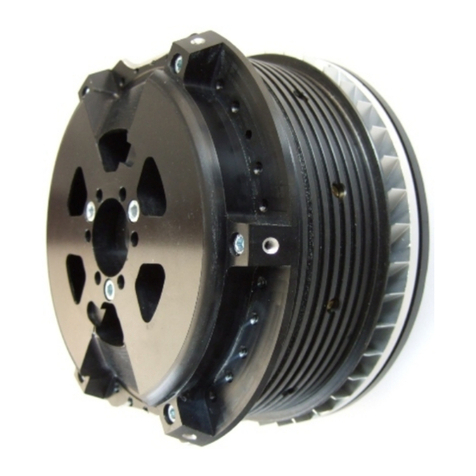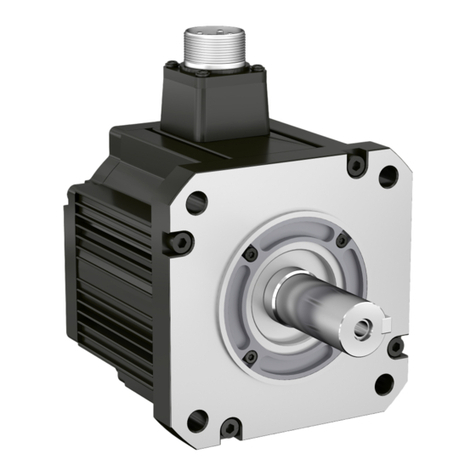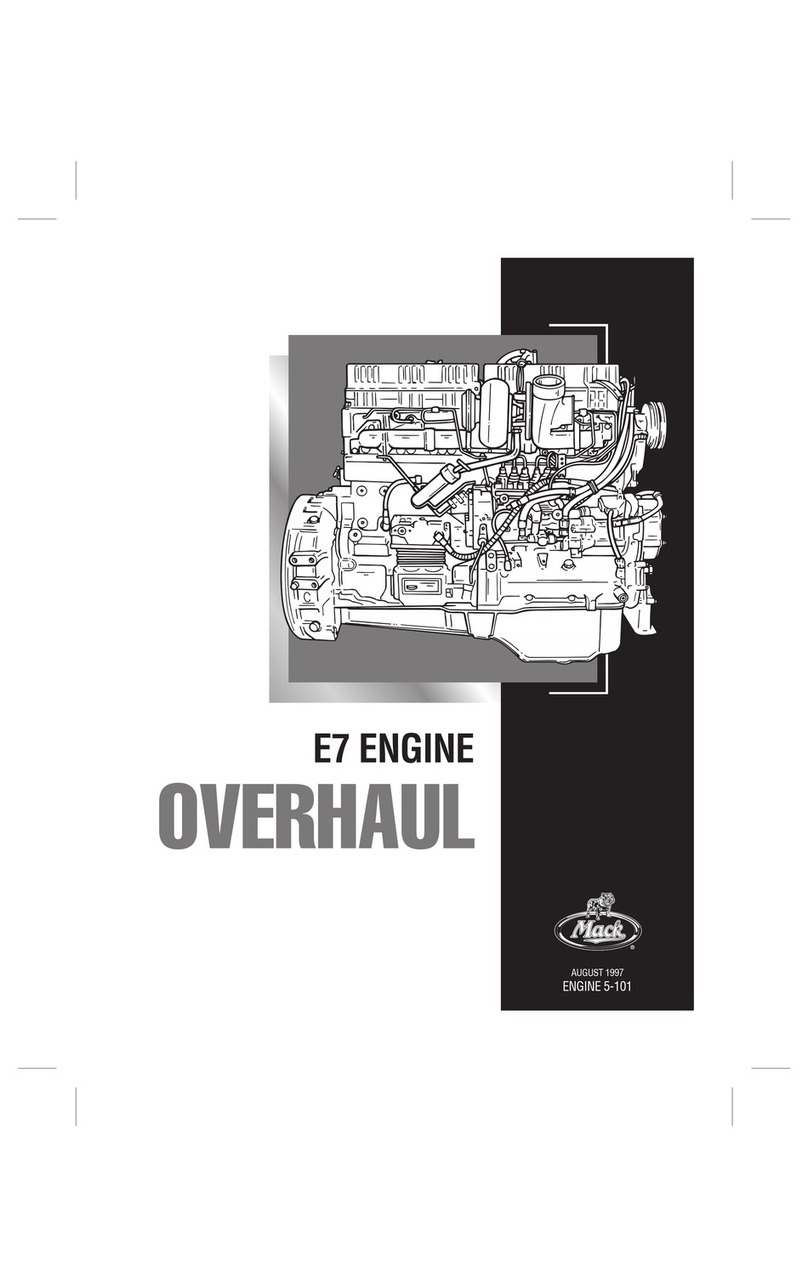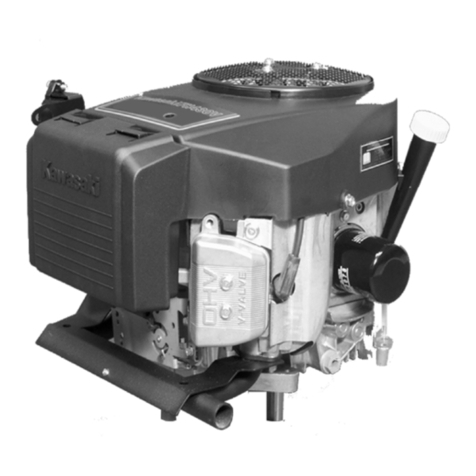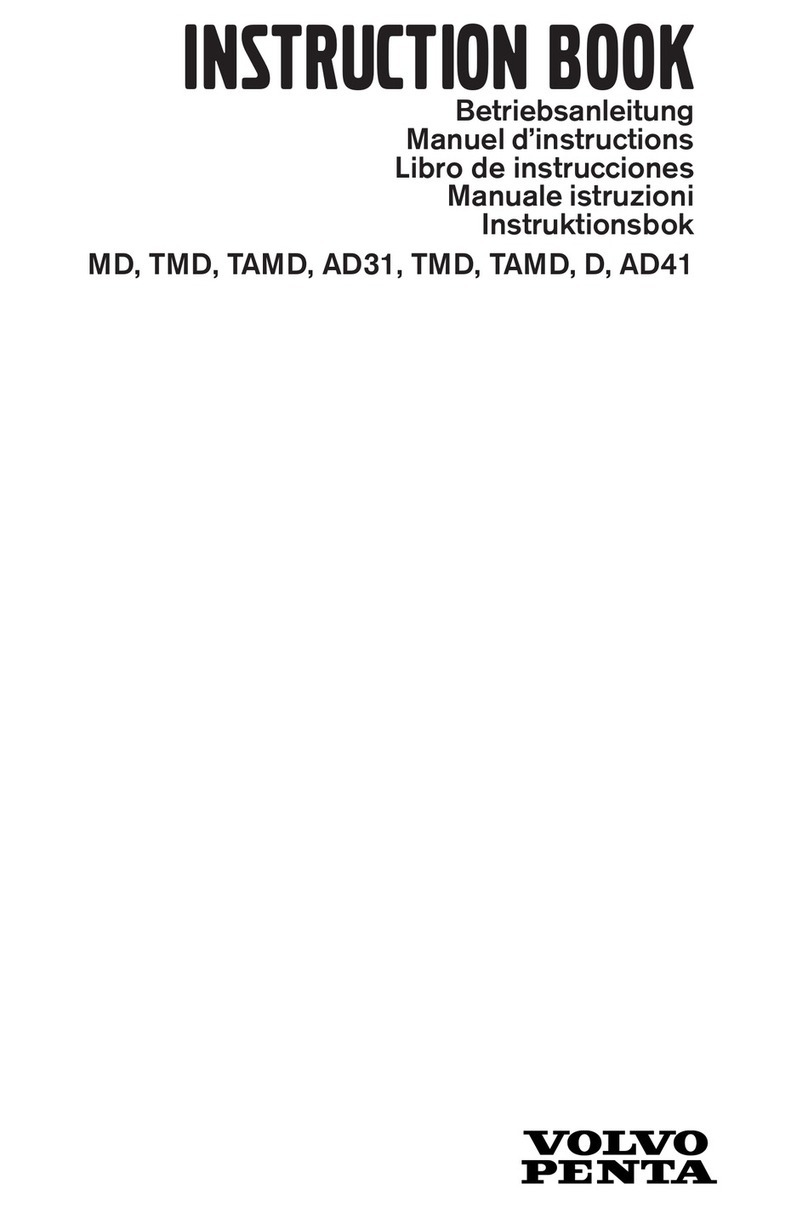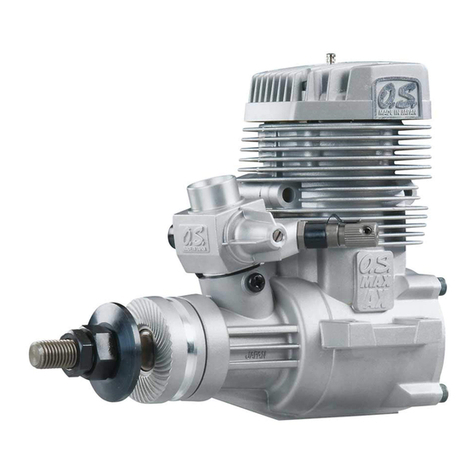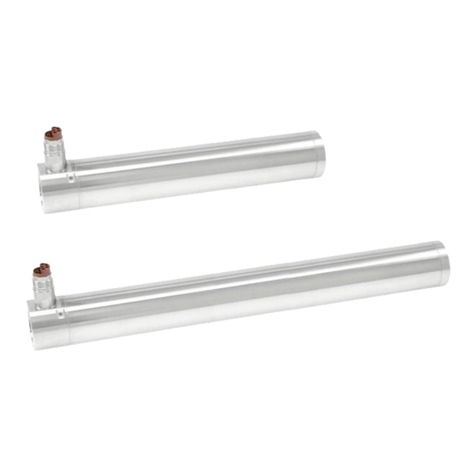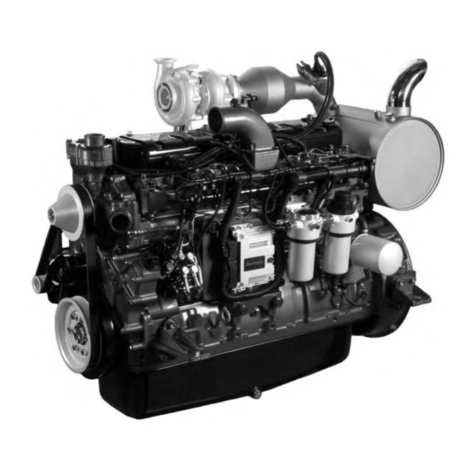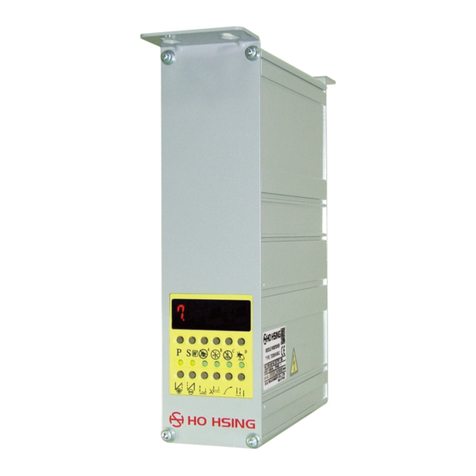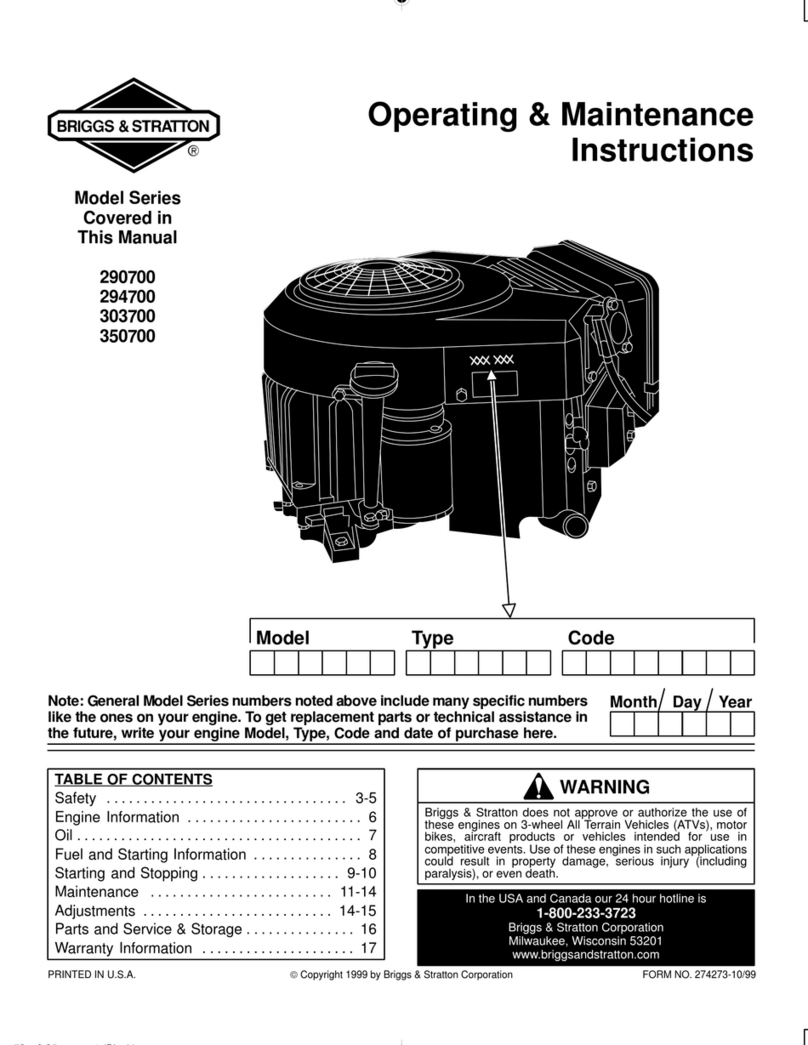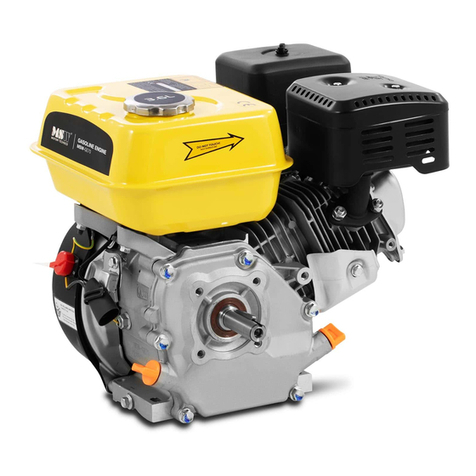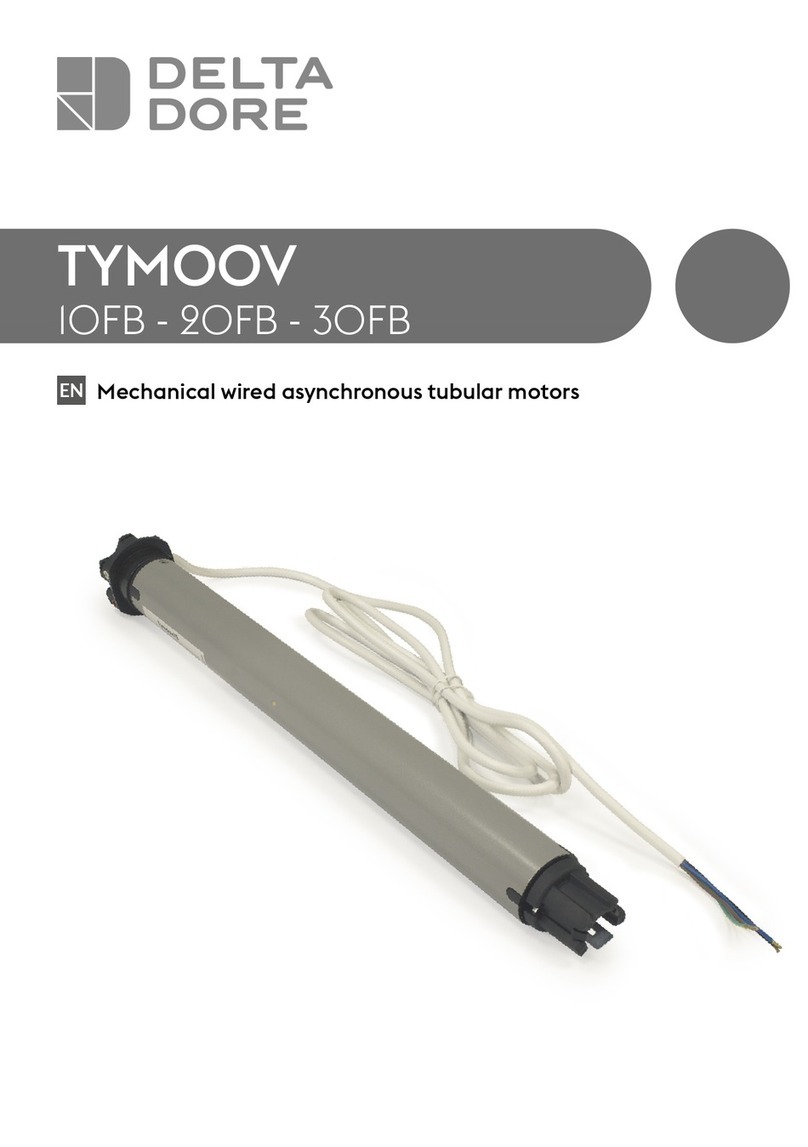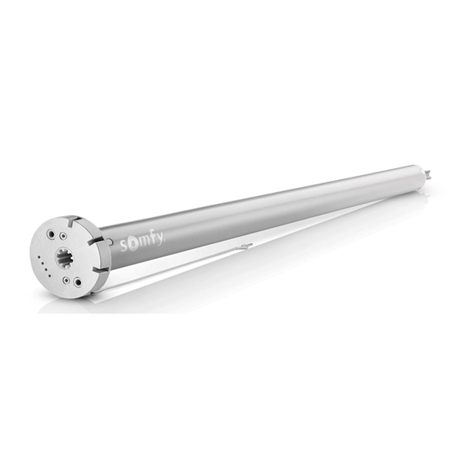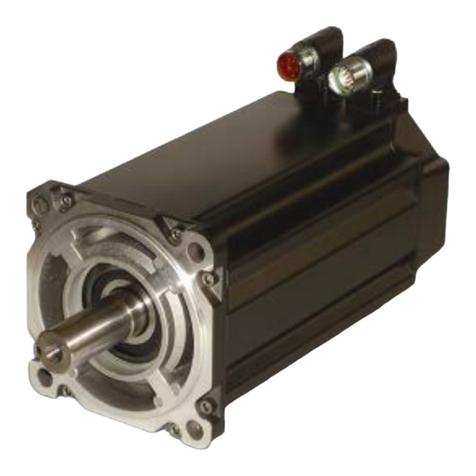FES FES-HPH-M100 User manual

FES MOTOR MANUAL
Version 1.21
Type: FES-HPH-M100
Produced by:
LZ design d.o.o., Brod 3D, 1370 Logatec, Slovenia tel +386 59 948 898
This Operation Manual Constitutes an EASA Approved Manual for propulsion unit item, in accordance with
Part21.A.23(b)(2), as engine and propeller are accepted as part of the sailplane. Holder of TC EASA.A. 030 is
responsible for information stated herein, it's changes, amendments and continuing airworthiness actions.
Released: Martin Pekař
Date: 18.11.2016

FES-HPH-M100 MOTOR manual Version 1.21 September 2016
Page 2 of 14
Table of Content
1. Important notices..........................................................................................................................3
1.1 Limited Warranty .....................................................................................................................3
2. General ...........................................................................................................................................4
3. Model designation.........................................................................................................................4
4. Technical data and limitations of motor ....................................................................................5
5. Drawing of motor..........................................................................................................................7
6. Operating instructions ..................................................................................................................8
6.1 Motor starting on the ground................................................................................................8
6.2 Motor starting procedure during flight ................................................................................8
6.3 Propeller stop with electronic braking .................................................................................9
6.4 Propeller positioning...............................................................................................................9
7. Maintenance.................................................................................................................................10
8. Removal of motor .......................................................................................................................11
9. Installation of motor...................................................................................................................13
10. Repair and service ....................................................................................................................14
11. Revision history .........................................................................................................................14

FES-HPH-M100 MOTOR manual Version 1.21 September 2016
Page 3 of 14
1. Important notices
Please read this manual thoroughly. It contains important information about your
system, having a vital importance to the flight safety.
Information in this document is subject to change without notice. LZ design reserves
the right to change or improve their products and to make changes in the content of this
material without obligation to notify any person or organization of such changes or
improvements.
1.1 Limited Warranty
This motor is warranted to be free from defects in materials or workmanship for two
years from the date of purchase. Within this period, LZ design will, at its sole option,
repair or replace any components that fail in normal use. Such repairs or replacement will
be made at no charge to the customer for parts and labor, the customer shall be
responsible for any transportation cost. This warranty does not cover failures due to
abuse, misuse, accident, or unauthorized alterations or repairs.
THE WARRANTIES AND REMEDIES CONTAINED HEREIN ARE EXCLUSIVE AND IN
LIEU OF
ALL OTHER WARRANTIES EXPRESSED OR IMPLIED OR STATUTORY, INCLUDING ANY
LIABILITY ARISING UNDER ANY WARRANTY OF MERCHANTABILITY OR FITNESS FOR A
PARTICULAR PURPOSE, STATUTORY OR OTHERWISE. THIS WARRANTY GIVES YOU
SPECIFIC LEGAL RIGHTS, WHICH MAY VARY FROM STATE TO STATE.
IN NO EVENT SHALL LZ DESIGN BE LIABLE FOR ANY INCIDENTAL, SPECIAL, INDIRECT
OR CONSEQUENTIAL DAMAGES, WHETHER RESULTING FROM THE USE, MISUSE, OR
INABILITY TO USE THIS PRODUCT OR FROM DEFECTS IN THE PRODUCT. Some states do
not allow the exclusion of incidental or consequential damages, so the above limitations
may not apply to you. LZ design retains the exclusive right to repair or replace the unit or
software, or to offer a full refund of the purchase price, at its sole discretion. SUCH
REMEDY SHALL BE YOUR SOLE AND EXCLUSIVE REMEDY FOR ANY BREACH OF
WARRANTY.
To obtain warranty service, contact your local LZ design dealer or contact LZ design
directly.
February 2013 © 2013 LZ design. All rights reserved

FES-HPH-M100 MOTOR manual Version 1.21 September 2016
Page 4 of 14
2. General
Congratulations on your purchase. This is a high-end product of brushless
synchronous permanent magnet motor with electronically controlled commutation system
3 phase, which will keep its capability for a long time if treated the right way.
The drive was developed and very elaborately tested by Ing. Matija Žnidaršič and
Ing. Luka Žnidaršič.
The development objective was to build suitable motor for FES application which
must be light and small enough to fit into sailplane front part of fuselage, but very
powerful providing specific performance at highest efficiency.
This motor allows a gearless drive without the usually essential gear unit which
cause power losses, additional weight, complexity and maintenances.
Because of the little internal resistance of the motor, very good performances are
achieved in a wide range and at an excellent efficiency.
Though many intensive tests had already been made and though the parts were
produced by modern CNC machines, the drive is still not a real series product.
Some manufacturing processes like windings are made by hand, what makes every drive
of the first series unique.
3. Model designation
Motor model designation is the following:
FES-HPH-M100
(1)
(2)
(3)
where:
- (1) motor application
- (2) designed for sailplane model; HPH304ES
- (3) approximate motor length in mm
Motor serial-number is identified as number which follows model designation
sn: XXX
Motor identification numbers are engraved into rear Aluminum plate of motor.
NOTE: Motor type FES-HPH-M100 is identical like FES-DIS-M100. It is marked differently
due to different manufacturer of the sailplane.

FES-HPH-M100 MOTOR manual Version 1.21 September 2016
Page 5 of 14
4. Technical data and limitations of motor
Motor construction is outrunner BLDC brushless synchronous permanent magnet
motor with electronically controlled commutation system 3 phase. Rotor position is
determined by 3 hall sensors and additional 4th hall sensor for automatic propeller
positioning.
This motor can work only in combination with suitable electronic Controller which
transform DC current from Battery packs to 3 phase current which supply motor. We use
controller type which needs hall position sensors in motor, but this motor can work also
with some sensorless controllers.
Electrical motor type FES-HPH-M100 power ratings at 116V on motor controller and
loaded with FES-HPH-P1-102 propeller:
Maximum torque
75 Nm
Maximum current
200A
Maximum Voltage
116V
Rpm non loaded
45 rpm/V
Rpm non loaded (at 116V DC on Controller)
5300 rpm
Non loaded motor current (at 5300 rpm)
16-18 A
Rpm loaded with FES-HPH-P1-100 propeller (1m diameter)
4500 rpm
Battery current loaded (4500 rpm, 116V) with FES-HPH-P1-102
Up to 200 A
Rotor rink diameter
182mm
Motor length
100mm
Motor weight cca.
8,0 kg
Motor efficiency
82-95 %
Maximum allowed temperature
90 °C
Minimum allowed starting temperature
-20 °C
Power load on motor P (kW) is dependable of propeller diameter, geometry, pitch
and its rotation speed n (RPM-rotation per minute). However rotation speed of motor is
than dependable on available Voltage on controller. Higer Voltage, higher rpm!

FES-HPH-M100 MOTOR manual Version 1.21 September 2016
Page 6 of 14
Power Consumption
0; 0
Horizontal flight
Max climb
0
5
10
15
20
25
01000 2000 3000 4000 5000
n (RPM)
P (kw)
Power consumption curve
Rpm versus Power

FES-HPH-M100 MOTOR manual Version 1.21 September 2016
Page 7 of 14
5. Drawing of motor

FES-HPH-M100 MOTOR manual Version 1.21 September 2016
Page 8 of 14
6. Operating instructions
6.1 Motor starting on the ground
1. Remove propeller covers and a tail dolly
2. Open battery compartment cover
3. Check that Power switch is OFF
4. Insert connecting cable between the battery packs
5. Switch ON BMS switch of each battery pack
6. Seal battery compartment cover with glider tape
7. Seat into the glider, and close canopy
8. Check that no one is around propeller zone, in front of glider or in line of propeller
9. Switch on FCU instrument
10.Switch on Power switch
11.Wait about 8 second, for FCU to show all battery bottles
12.Start motor but use only low power to check proper operation
Caution
: In case that you would like to test, system at maximum power,
somebody must hold a fuselage tube down, so that glider can not lift tail,
which could result in damaged propeller blades.
Warning
: Do not run the motor for longer time, on the ground, especially
not at high power! When motor is stopped, also cooling is stopped, and so
motor temperature can rise very quickly, which can lead to damaged motor!
13.Check if propeller braking and automatic positioning are working fine
14.Switch OFF Power switch
15.Switch OFF FCU
6.2 Motor starting procedure during flight:
1. Check that all values on the FCU instrument are in normal range (FCU must be
always switched ON during flight)
2. Turn ON Power Switch
3. Check if there is green LED ON (left lower LED), check Voltage level
1. (If there is no green LED or red LED is blinking motor will not run). Read FES FCU
instrument manual for detailed FCU description
4. Start motor with Throttle knob rotating in clockwise direction gently.
Use about 4kW of power for horizontal flight, and more for climbing. Maximum climb
rate depends on glider type and it is affected by its weight, speed, flaps position etc.
Available maximum power is reducing slowly due to voltage drop, during discharging
of battery packs. Maximum power can be used only until any of temperature values reach
yellow warning. (motor and controller at 70 deg, battery packs at 45 deg)!
Do not use high current at lower voltages; this mean below 95V.
Always try to fly as much as possible on lower power settings where efficiency of
complete system is the highest!
During powered flight always keep the FCU turned ON. Switch OFF Power switch if
motor is not running.

FES-HPH-M100 MOTOR manual Version 1.21 September 2016
Page 9 of 14
6.3 Propeller stop with electronic braking
To stop propeller with electronic braking, you need to rotate Throttle knob in
counter-clockwise direction for 1 step, from zero throttle, so that throttle line on display
starts blinking red!
Note:
For successful stop the motor should reach about 1500 RPM,
otherwise braking will not work, due to insufficient induced voltage
(regeneration function of controller is used for propeller braking).
In the air there is nearly always enough RPM. But if you want to test
electronic braking on the ground, make sure you set at least 1500 RPM, and
then rotate throttle knob quickly in counter clockwise direction!
6.4 Propeller positioning
After electronic braking stops motor, wait for 2-3 second, until RPM data shows zero RPM.
After that automatic positioning will start! You can always stop automatic positioning by
pressing throttle knob.
Note:
Positioning does not work if Canopy message is active, or if throttle is
set to zero power instead of braking!
In settings it is possible to adjust:
-time between steps from 50ms to 1 sec
-power used for positioning at 115V and at 90V
-number of steps after hall sensor for position is detected

FES-HPH-M100 MOTOR manual Version 1.21 September 2016
Page 10 of 14
7. Maintenance
The motor do not need any maintenance. Opening or disassembling of the
motor would cause a forfeit of warranty claims! It could be also very
dangerous, due to very strong magnets on rotor!
Though, it has to be considered that no foreign objects at all can enter the interior of
the drive.
Further, it is necessary to protect the motor from humidity, dirt, paint, glues etc. If
this is ignored, a proper functionality of the motor can not be guaranteed and irreparable
damages are possible. In case of damage, ship the drive back to the manufacturer for
repairs. Unintended handling leads to secondary damages.
Keep magnetic memory cards or electronic devices out of the rotor’s close-up range,
because the alternating magnetic field can cause a delete of data. Be also careful with
medical devices (e.g. pacemakers) which are sensitive to alternating magnetic fields.
The small gap between the stator and the magnets of the rotor function-bound has a
thickness of only a few tenth millimeters. Here, the danger of foreign objects accumulating
in this gap exists but can be heard by scratching-sounds. In this case spinner should be
removed and the motor should be blown-out with compressed air. Do not at all simply
keep on using the drive. Be especially aware of cuttings which can almost irremovably
stick to the magnets. In this case, the only thing that helps is a disassembly of the drive
by the manufacturer.

FES-HPH-M100 MOTOR manual Version 1.21 September 2016
Page 11 of 14
8. Removal of motor
Removal of motor from sailplane is only allowed in case of written permission
from manufacturer otherwise warranty is not valid any more!
Warning!
It is not allowed to fly with removed motor from the sailplane, as C.G. position
change significantly!
On back side of mounting wall are visible four M8 nuts tightened over big
spacer and rubber silen blocks. Please leave them at they are. Proper way of
removing motor is to follow next steps.
To remove the motor from the glider (complete with spinner and propeller)
1. Open ventilation (knob fully forward position)
2. Unscrew 6 M4 inbus bolts and remove composite cover from center of front motor
mounting rib (from cockpit side)

FES-HPH-M100 MOTOR manual Version 1.21 September 2016
Page 12 of 14
3. Unlock springs which hold DB15 cable connector and than carefully unplug
connector from motor rear wall.
4. Unscrew 3 self-locking nuts from rear motor wall and disconnect 3 power cables.
Each is marked with different colour of isolation over cable shoe (red, blue and black).
Take a photo so that you will know their proper order for assembly.
5. Unsecure six M8 bolts and unscrew them out. One of M8 bolts which is below
powers wires have lower head. Hold motor assembly, and carefully take it out of fuselage.

FES-HPH-M100 MOTOR manual Version 1.21 September 2016
Page 13 of 14
Centrifugal ventilator on back side of has bigger diameter than rotor rink, so motor will not
go out straight, as opening is now wide enough. You needs to rotate it about 30 degrees
to one side in order to get it out. Be careful not to damage spinner, or plastic covers
below spinner.
9. Installation of motor
To install motor back on glider, follow the reverse order of previous chapter.
Take care about additional steps:
1. Open ventilation fully - knob pushed forward.
2. It is recommended to use new bolt securing plates to secure M8 motor fixation
bolts.
3. Make sure that power cables are connected in the same order as before (check
taken photo for reference), as otherwise motor will not run or it might run in wrong
direction. Use only new complete metal M6 self-locking nuts. Make sure that there is no
contact between cable shoes and aluminum mounting wall or M8 fixing bolts. Air gap
distance between each of these elements and each cable shoe should be at least 3mm.
Below the middle cable, should be placed M8 bolt which has more shallow head (one of 6
bolts which holds motor).
4. Carefully plug in male DB15 connector (with signal wires) into motor rear wall
female connector. Fix connector on both sides with lock springs.
After motor is reinstalled, check that:
Spinner is nicely located in the center of the fuselage when spinner is in stop
position. This means that surface of the spinner is as much as possible tangent to
the fuselage contour in area of gap between spinner and fuselage.
Gap between spinner and fuselage should be between 0,5-1mm. Gap should be
equal all around (on top should be the same as on bottom side, on left side should
be equal as on right side). If gap is wider than 1mm is not nice.
All bolted connections assembled correctly and secured properly. Below six M8 bolts
which hold motor in place are thin brass safety spacers, which needs to be bend 90
degrees against one of the 6 vertical surfaces of M8 hex head bolts.
Start the motor on a ground and run it for a few seconds to check:
-that motor rotating direction is counter clockwise (looking in front of the
propeller), and that motor is running smoothly
-that electronic braking of propeller works (above 1500 RPM)
-FCU instrument is functioning properly (check about all functions of the FCU in
its dedicated FCU manual)

FES-HPH-M100 MOTOR manual Version 1.21 September 2016
Page 14 of 14
10. Repair and service
In case of a fault or damage, please contact manufacturer.
11. Revision history
July 2015
Initial release of manual, v1.0
August 2016
Chapter Operating instructions added. More info in chapter 7 and 8,
v1.1
November 2016
New drawing of motor, v1.21

Table of contents
Other FES Engine manuals
